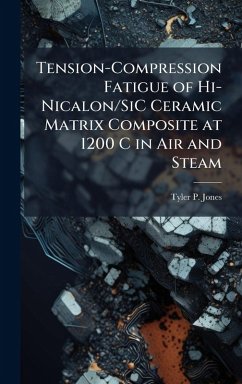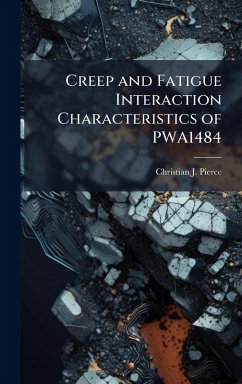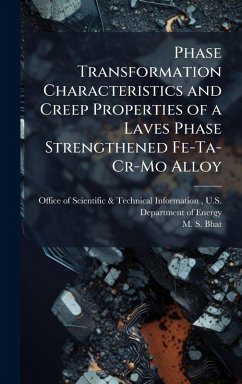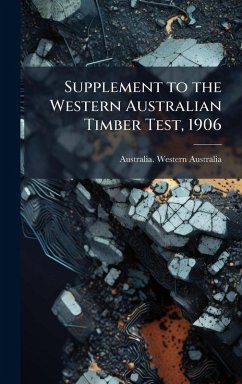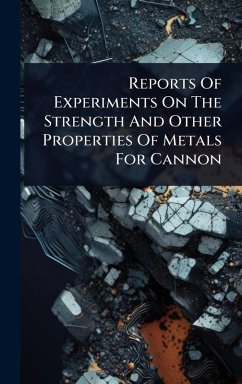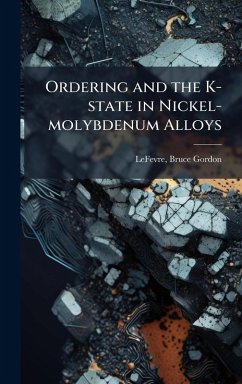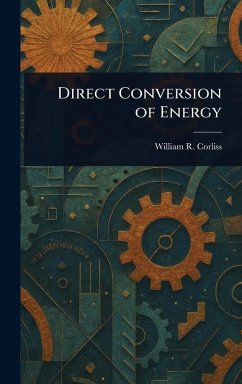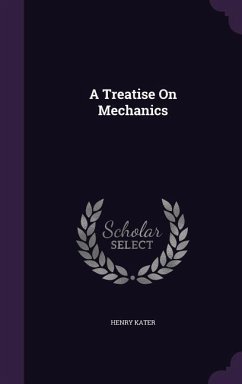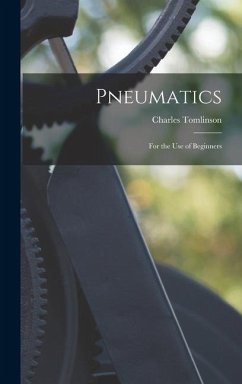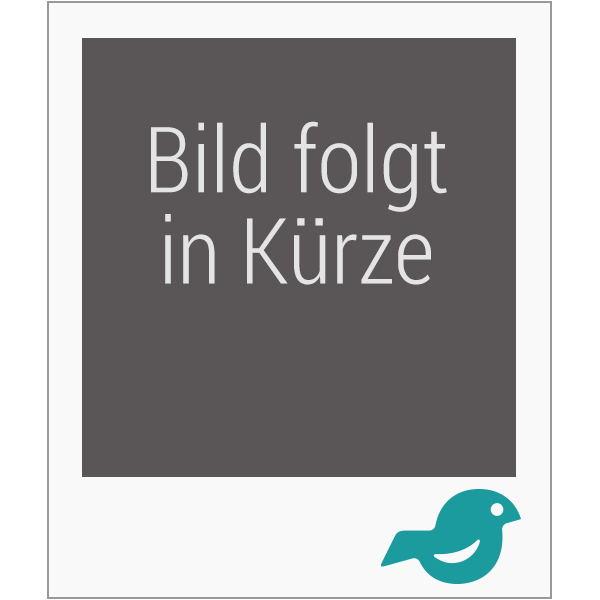
Effects of Environment on Creep Behavior of Nextel 720/Alumina-Mullite Cermaic Composite at 1200-C
Versandkostenfrei!
Versandfertig in über 4 Wochen
29,99 €
inkl. MwSt.
Weitere Ausgaben:

PAYBACK Punkte
15 °P sammeln!
The creep behavior of an oxide-oxide ceramic matrix composite (CMC) was investigated at 1200-C in laboratory air, in steam and in argon. The composite consisted of a porous aluminamullite matrix reinforced with lminated, woven mullite/alumina (Nextel/720) fibers. The composite had no fiber coating and reliedon its porous alumina/mullite matrix for flaw tolerance. Tensile stress-strain behavior was investigated and the tensile properties were measured at 1200C in laboratory air. Tensile creep behavior of the CMCs was examined for creep stress level of 73,91,1114 and 136 MPa. Creep run-out, set ...
The creep behavior of an oxide-oxide ceramic matrix composite (CMC) was investigated at 1200-C in laboratory air, in steam and in argon. The composite consisted of a porous aluminamullite matrix reinforced with lminated, woven mullite/alumina (Nextel/720) fibers. The composite had no fiber coating and reliedon its porous alumina/mullite matrix for flaw tolerance. Tensile stress-strain behavior was investigated and the tensile properties were measured at 1200C in laboratory air. Tensile creep behavior of the CMCs was examined for creep stress level of 73,91,1114 and 136 MPa. Creep run-out, set to 100h, was achieved for stress levelslt; 91 MPa in air. The presence of steam or argon accelerated the creep rates the N720/AM composite. Optical and scanning electron microscope (SEM) micrographs were used to examine fracture surfaces and to evaluate failure mechanisms. Fracture surfaces of the N720/AM composite were predominately planar. Limited areas of short fiber pull-out were observed for specimens tested at low creep stress levels in air. This work has been selected by scholars as being culturally important, and is part of the knowledge base of civilization as we know it. This work was reproduced from the original artifact, and remains as true to the original work as possible. Therefore, you will see the original copyright references, library stamps (as most of these works have been housed in our most important libraries around the world), and other notations in the work. This work is in the public domain in the United States of America, and possibly other nations. Within the United States, you may freely copy and distribute this work, as no entity (individual or corporate) has a copyright on the body of the work. As a reproduction of a historical artifact, this work may contain missing or blurred pages, poor pictures, errant marks, etc. Scholars believe, and we concur, that this work is important enough to be preserved, reproduced, and made generally available to the public. We appreciate your support of the preservation process, and thank you for being an important part of keeping this knowledge alive and relevant.



